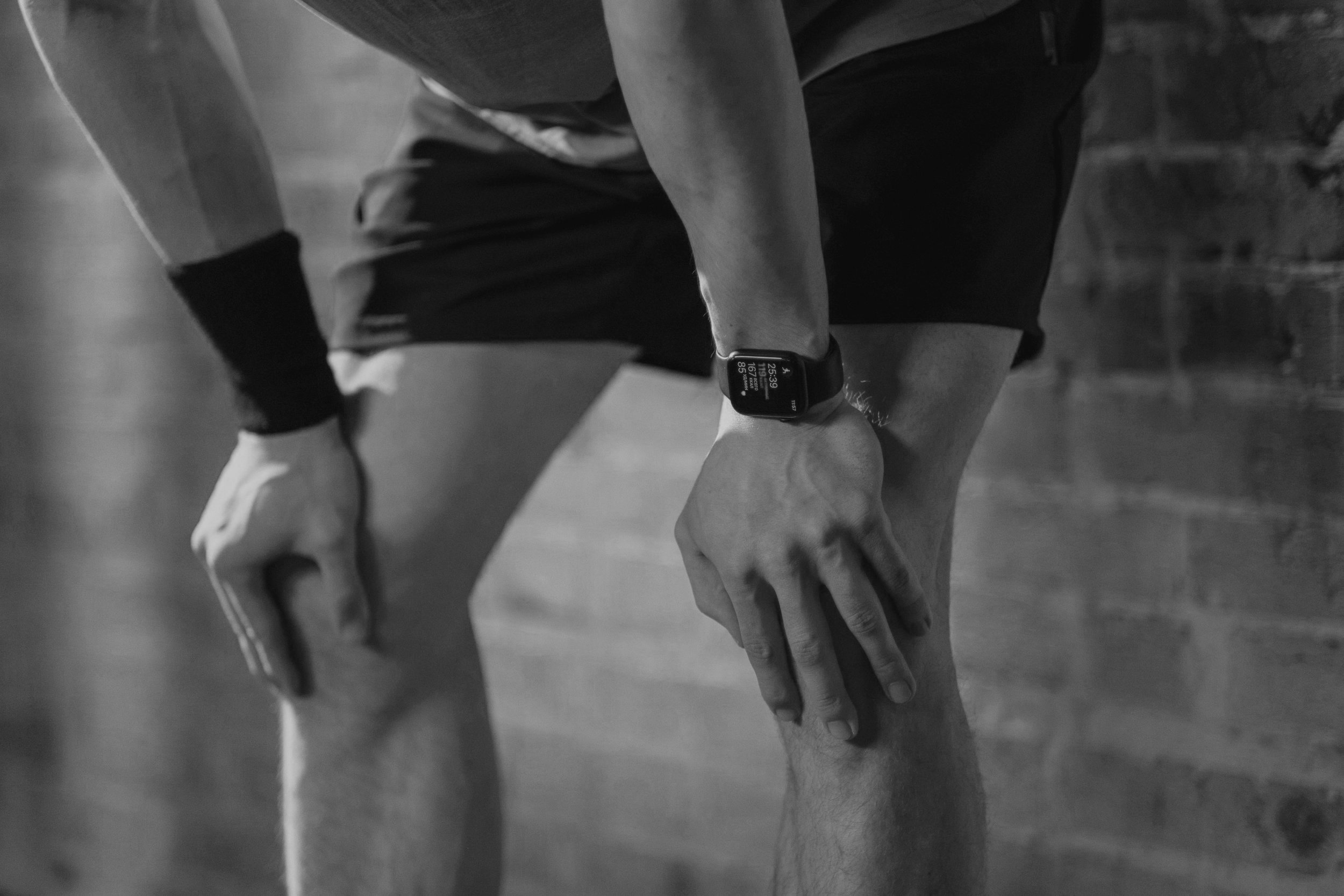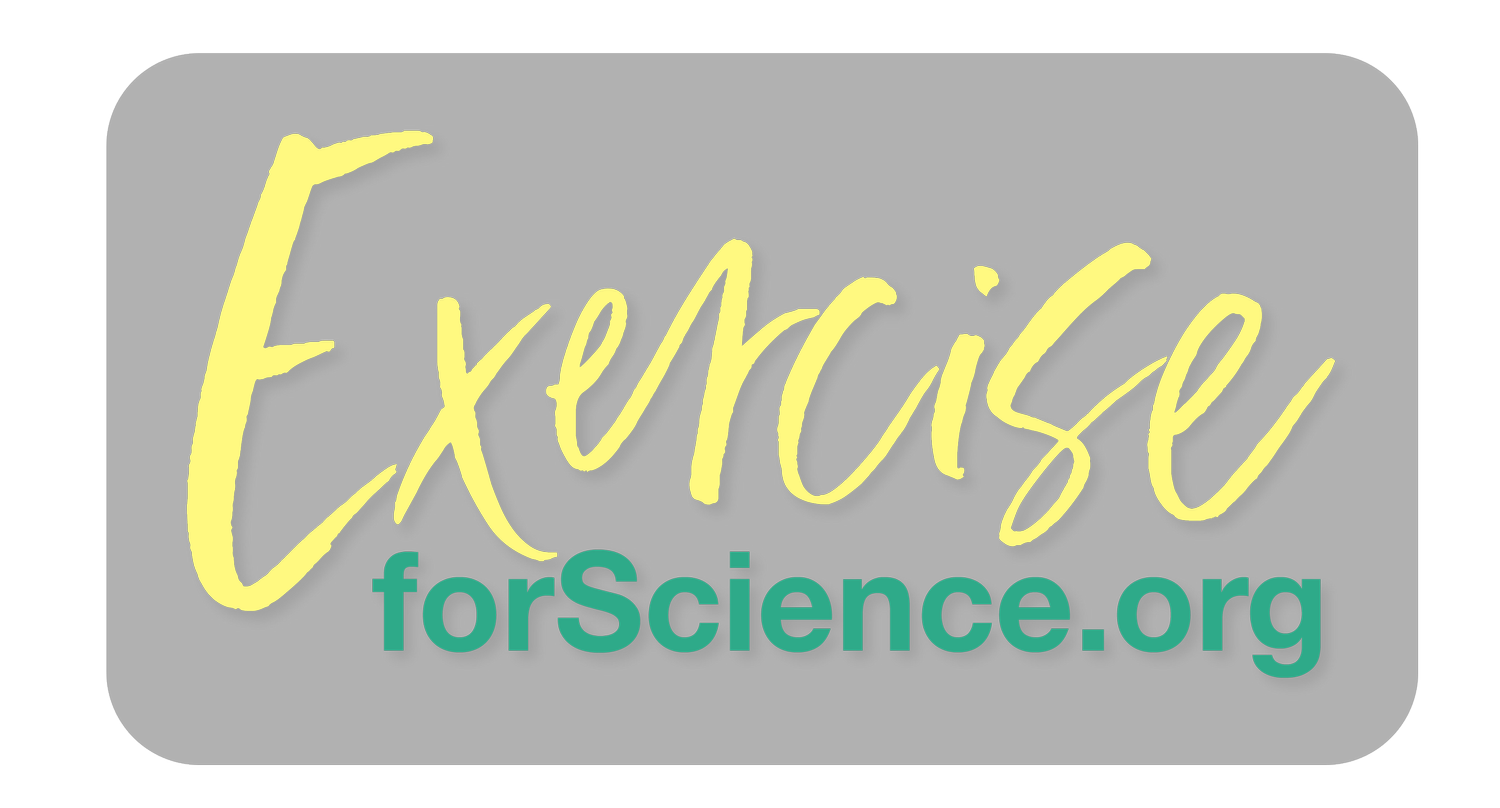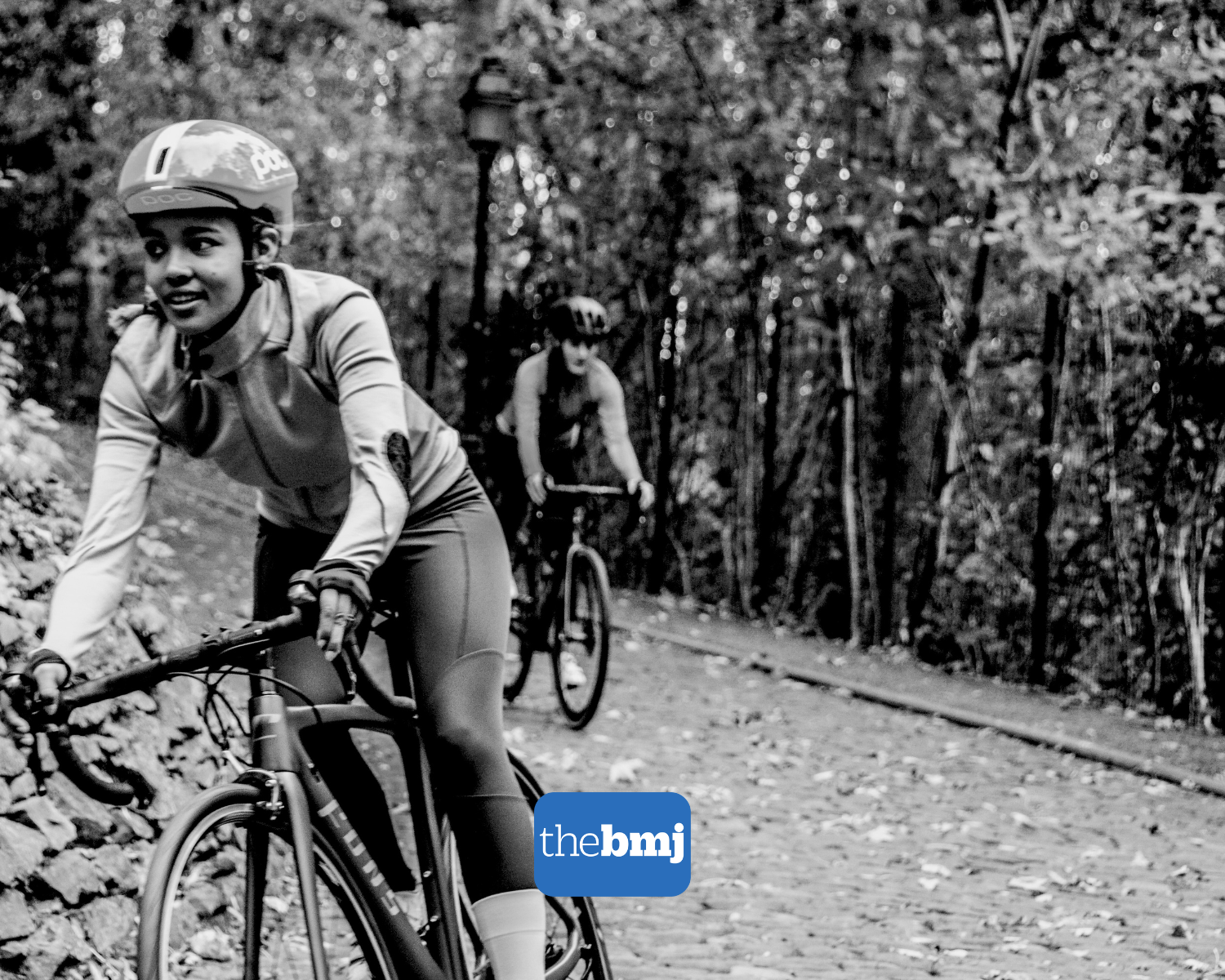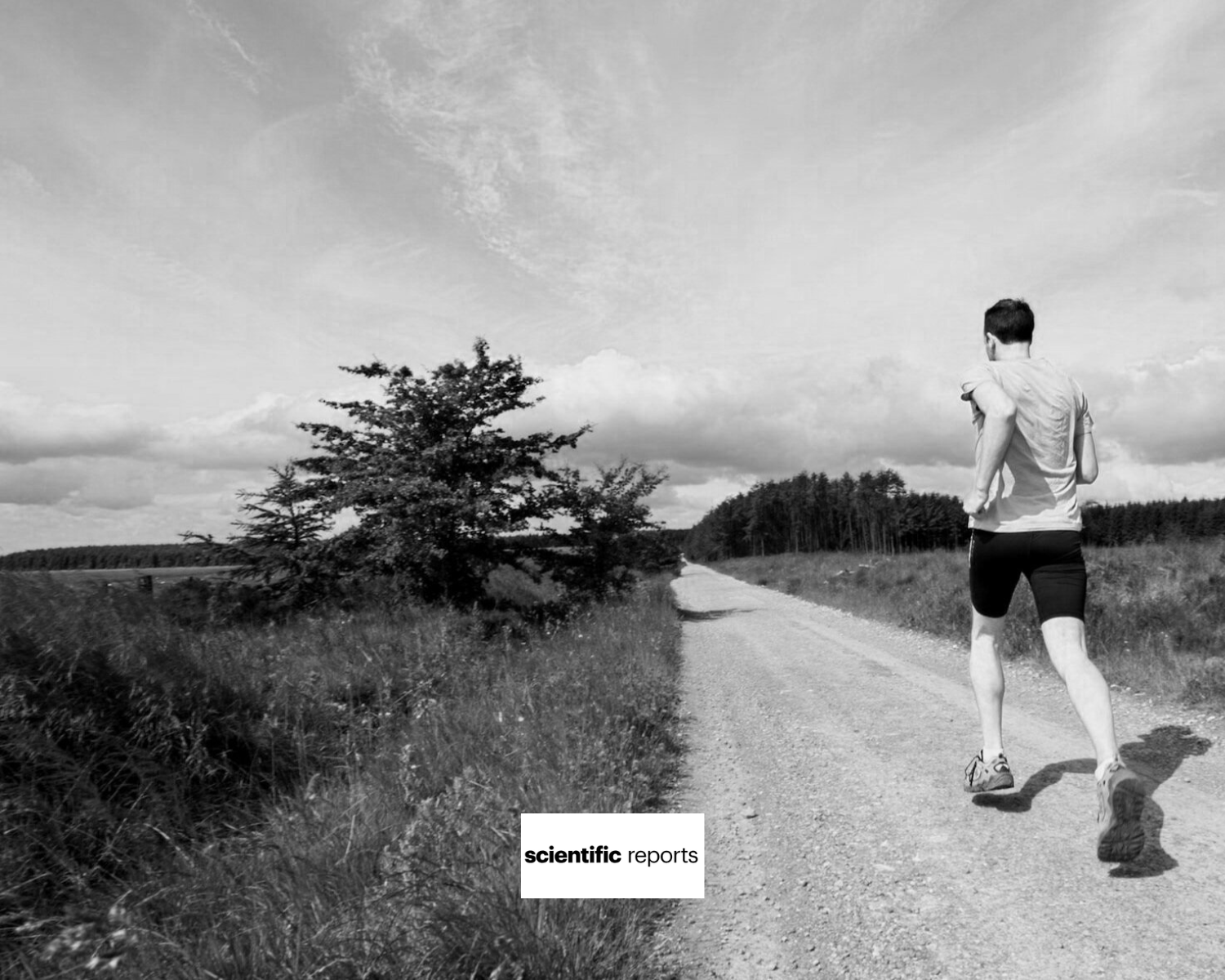
Explore our scientific studies
We offer evidence-based answers to common questions about the effects of exercise on joint health, by applying medical research techniques on a significant scale.
Below you’ll find summaries of all our completed studies, encompassing knees, hips, spine; activities that include running, walking and cycling, and a broad range of participants in terms of age, gender, outlook and fitness. Each summary gives you a simple overview, with a link to the published scientific paper.
How do male and female cyclists’ muscles differ?
A study to explore the fat/muscle differences between male and female recreational cyclists.
How does cycling affect muscle mass?
Physical activity is crucial in reducing progressive loss of muscle as part of the natural ageing process. Our aim with this study was to quantify the benefits of cycling in helping prevent muscle decline for this group, using magnetic resonance imaging.
What do levels of muscle fat tell us about muscle health?
With this study we wanted to test the idea that the amount of fat in your muscles can be a good indicator of muscle, hip and general health.. We compared different groups, ranging from the healthy and active to those who were inactive and suffering from hip pain.
Can muscle fat levels predict future hip problems?
By looking at a range of different measures, we’ve been able to set benchmarks for exactly how much fat to expect in the gluteal muscles of healthy individuals, and the critical levels that could indicate future problems such as hip disease or sarcopenia.
Can we speed up the measurement of fat in muscles?
Muscle fat measurement has huge potential for helping us better understand joint and muscle health. But measuring each person is a slow job. In this study we tested an automated method that finally makes it viable to run clinical trials on a scale that can give meaningful results.






